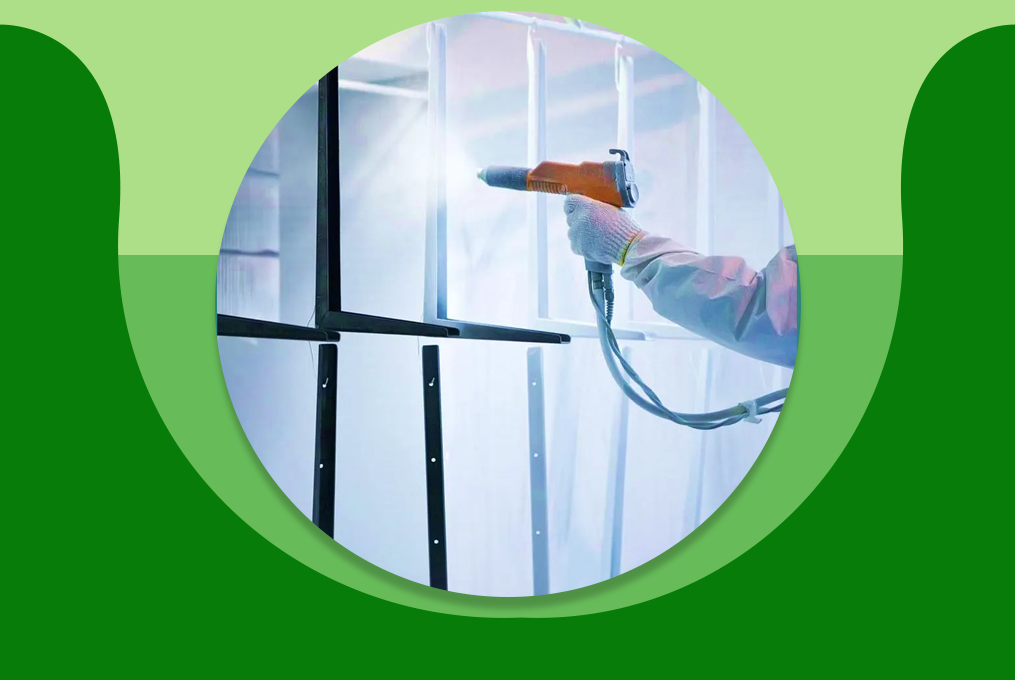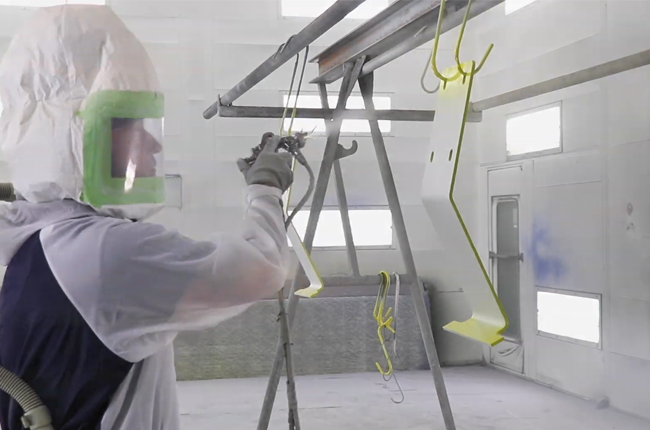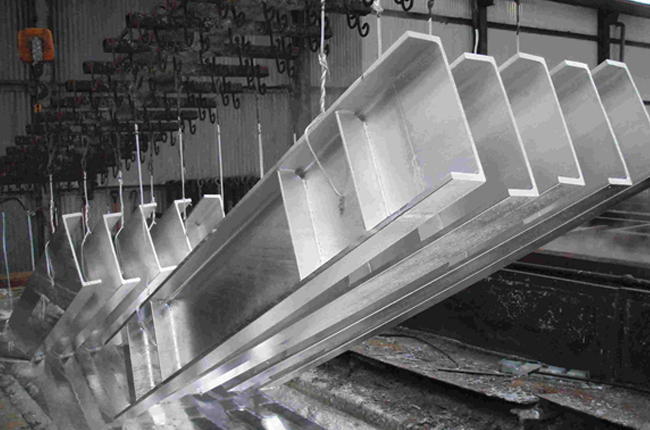Enhancing Product Durability through Effective Metal Coating Techniques

Durability is a key factor when it comes to the quality of products, especially those made of metal. Whether it’s a car, a bridge, or a kitchen appliance, we all want things that last long and stay strong. One of the best ways to make metal products more durable is through effective coating techniques. Metal coatings protect against rust, wear and tear, and even enhance the appearance of the product. Let’s explore some simple and common metal coating techniques that help in making products last longer.
Paint Coating

Painting is the most common and easiest way. It involves applying a layer of paint to the metal surface. This paint acts as a barrier between the metal and the elements that cause rust and corrosion. There are special paints designed specifically for metals that are more durable and provide better protection.
This method is cost-effective and can be done quickly. However, it might need regular maintenance as paint can chip or fade over time.
Powder Coating
Powder coating is a popular technique that involves applying a dry powder to the metal surface, which is then heated to form a smooth and hard finish. This type of coating is more durable than traditional paint because it forms a thicker and more even layer.
Powder coating is resistant to scratches, chips, and fading, making it ideal for outdoor products like patio furniture and automotive parts. Additionally, it is environmentally friendly since it doesn’t use solvents and emits very low amounts of volatile organic compounds (VOCs).
Galvanizing
Galvanizing is a process where a protective zinc coating is applied to steel or iron to prevent rusting. This is done by dipping the metal into molten zinc. The zinc acts as a sacrificial layer; it corrodes first, protecting the underlying metal.
Galvanized metal is commonly used in construction, for things like bridges, lamp posts, and guard rails. It is highly durable and can last for many years, even in harsh environments.
Anodizing

Anodizing is a process used primarily on aluminum. It involves increasing the thickness of the natural oxide layer on the metal surface. This thicker layer is very hard and resistant to corrosion and wear. Anodized aluminum is used in many products, from smartphones and laptops to architectural elements and cookware.
This coating not only protects the metal but can also add decorative colors, making the product more aesthetically pleasing.
Electroplating
Electroplating is a technique where a thin layer of metal, such as chrome, nickel, or gold, is applied to the surface of another metal. This is done using an electric current that causes the plating metal to adhere to the product. Electroplating is commonly used for decorative purposes, giving products a shiny, attractive finish.
However, it also provides a layer of protection against corrosion and wear. Examples include jewelry, automotive parts, and bathroom fixtures.
Ceramic Coating
Ceramic coatings involve applying a thin layer of ceramic material to the metal surface. This type of coating is extremely hard and provides excellent resistance to heat, corrosion, and wear. Ceramic coatings are used in high-performance applications such as aerospace, automotive, and industrial machinery.
They can also be used on cookware and kitchen appliances. While ceramic coatings can be more expensive, their superior protection can significantly extend the life of the product.
Hot-Dip Aluminizing

Hot-dip aluminizing is like galvanizing but uses aluminum instead of zinc. The metal is dipped into molten aluminum, creating a protective coating. This technique is especially useful for products that are exposed to high temperatures and harsh environments, such as automotive exhaust systems and industrial equipment.
Aluminized coatings offer excellent heat resistance and corrosion protection, ensuring long-lasting durability.
Final Thoughts
Effective metal coating techniques are essential for enhancing the durability of products. Whether through painting, powder coating, galvanizing, anodizing, electroplating, ceramic coating, or hot-dip aluminizing, each method offers unique benefits.
These coatings protect against rust, wear, and environmental damage, helping products maintain their functionality and appearance for a longer time. By choosing the right coating technique, manufacturers can ensure that their metal products are not only durable but also cost-effective and sustainable in the long run.